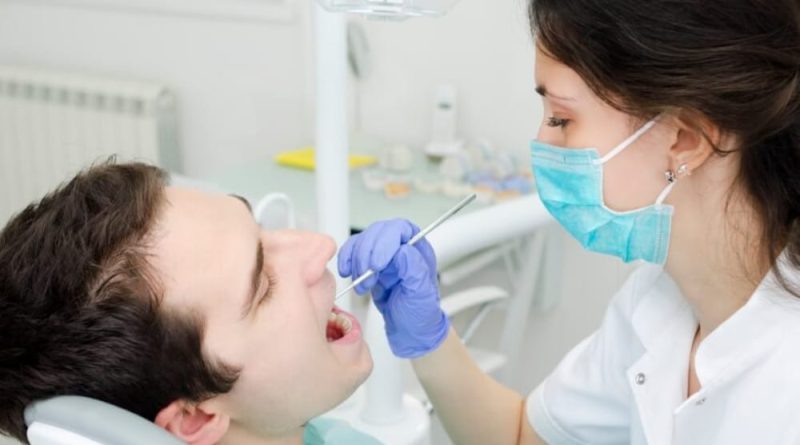Corrective Oral Surgery: What is it and Why You Need it?
Jaw surgery is also called orthognathic surgery. The purpose of this surgery is to introduce a correction to irregularities of the jaw bone. This surgery is done to correct the alignment of the jaw with teeth so that the functionality of jaws and teeth can be improved.
Another big benefit of these corrections is that the visual look of your face can be made better. Your face can start to look more appealing. People who are not seeing the desired results with orthodontics can undertake a corrective jaw surgery for better results.
Reasons Corrective Jaw Surgery is Done
The main reason why oral surgery is undertaken is to help a patient facing a certain condition that needs to be corrected. Below are the most common conditions corrective oral surgery can help with:
- To improve the chewing strength
- Bring betterment in the ability to swallow
- Positively make a speech of a person better
- Minimize the excessive wear and breakdown of the teeth
- Make the bite to properly fit and enable the jaw to close properly
- Bring more symmetry to the face by correcting small abnormalities
- Make the lips to close properly in a comfortable manner
- Make facial injury right or remove birth defects
Surgery Procedure
To get ready for corrective jaw surgery, the doctor will make you wear braces for 10 to 18 months before the procedure. Doing so assists in improving the alignment of the teeth. After the duration has passed, then on the day of surgery, the following steps will be taken by your surgeon during the surgery.
Anaesthesia
The doctor will give you general anaesthesia and as an effect, you go to sleep. This way, you will not feel pain during the surgery.
Incision
After the anesthetic has affected you, the surgeon will make incisions inside the mouth. With an incision, all the visible scars can be halted from becoming visible. The surgeon may also make some small cuts on the cheeks to see.
Cutting and Repositioning
Your surgeon will do the requisite cutting and proper positioning of the jawbone. An implant is introduced if the jaw is to be enlarged in size. On the flip side, if the jaw is supposed to be reduced in size, then some of the bone will be removed with surgical tools.
Screwing
In the next phase, the surgeon will add screws and plates made of titanium. This way, both jawbones will be held in the proper placement.
Positioning
It is essential that the jawbones are in the desired alignment. For this purpose, the surgeon will go on to add elastic bands or wires in order to keep jawbones in their new placement.
Recovery after Procedure
After the surgery, you’re brought to the recovery unit. This is the room where the staff monitors you until the moment you wake up.
Benefits of LGBTQ Fertility Options
In terms of LGBTQ fertility options, IVF is considered a better option. IVF helps many in the LGBTQ community to conceive who would otherwise be unable to conceive. The ultimate benefit of IVF s that you achieve a successful pregnancy and a healthy baby.




